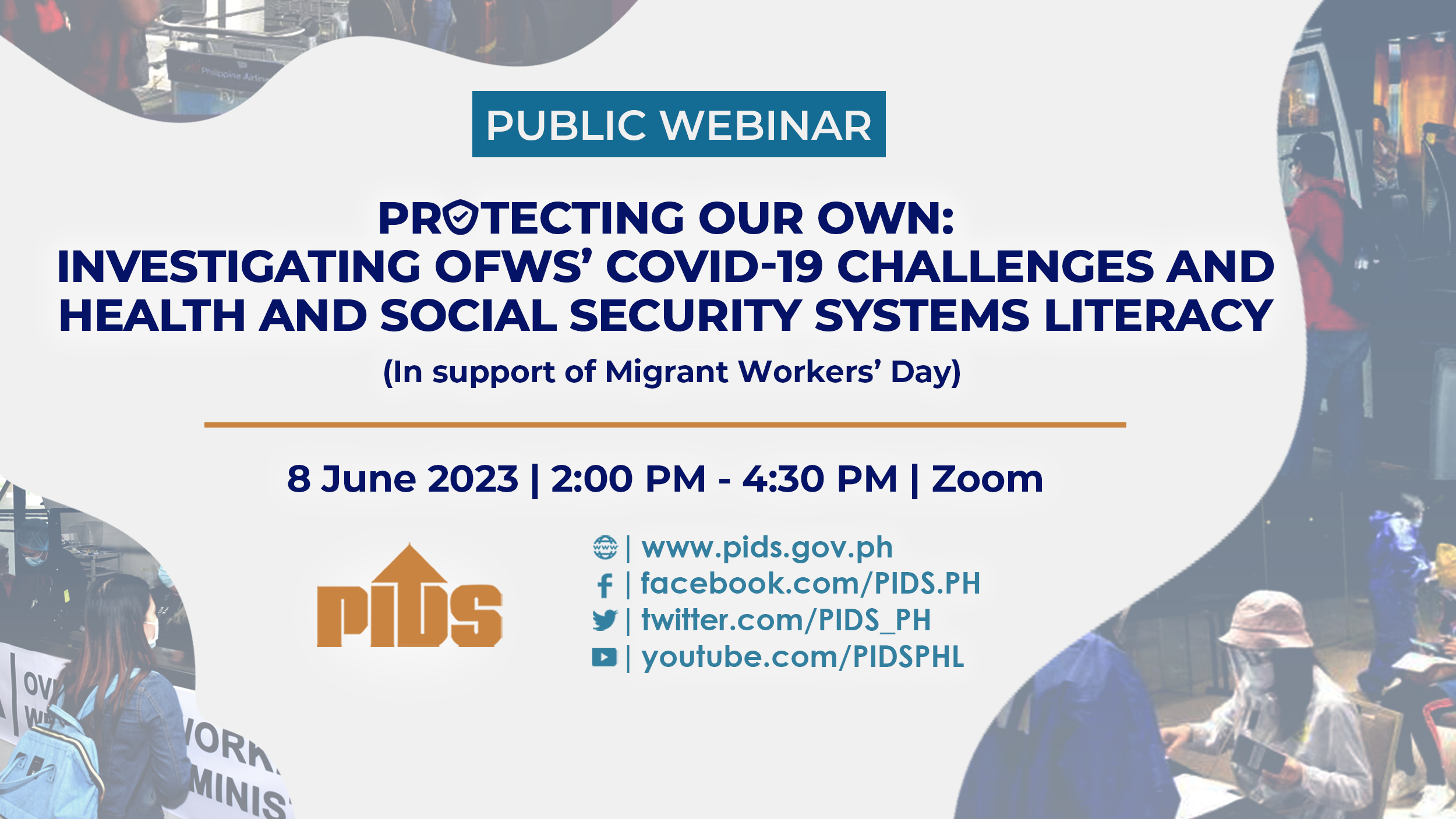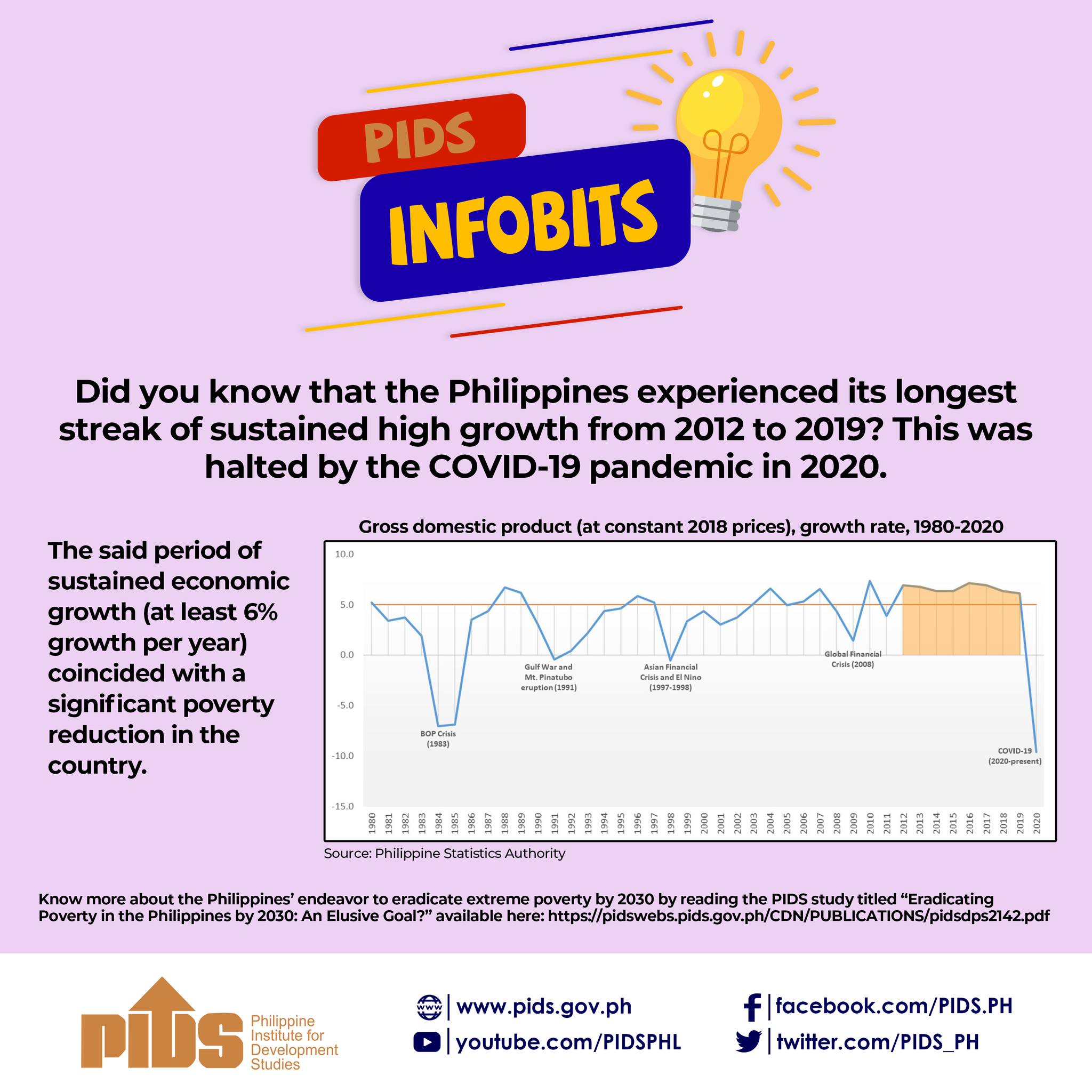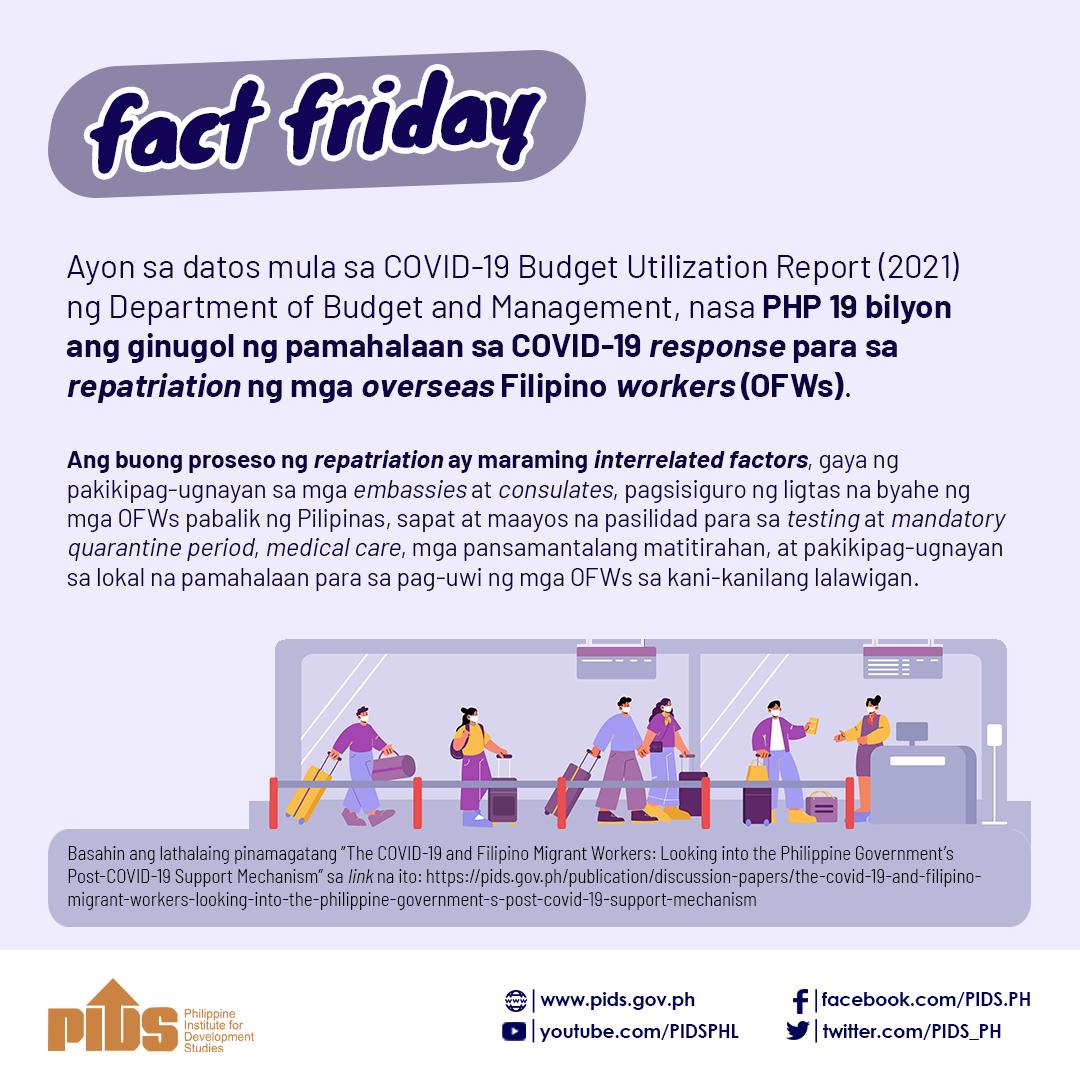HE knew it was bad. Gerardo Santiago knew from experience that phone calls arriving at four in the morning—the shrill bouncing across and outside the house waking up roosters—are harbingers of bad news.
“Patay na si kapitan (The captain is dead),” the voice, cracking, from the other end sent a chill to his spine. Eyes still shut, he shuddered not because of the cold breeze seeping through the window jalousies that April dawn.
“Okay,” Santiago forced himself to utter to close family friend Lolit Velasco whom he knew went through with what he is going through, albeit minutes early.
With a click, the phone went dead and the 53-year-old councilman opened his eyes and sighed. Another colleague, this time, the village chief himself, Efren Panganiban, lost to Covid.
With the 71-year-old village chief’s untimely demise, Santiago came to a second realization: he’s next in line. He has to fill in the big shoes of the kapitan of Barangay Magpapalayoc, Nueva Ecija.
It was at that point, he told the BusinessMirror, when he didn’t know whether that was bad or good.
Struggle vs Covid
BARANGAY Magpapalayoc is a tightly knit rural barangay beside the 120-mile Pampanga river.
The 415-hectare barrio is the third most-populated of 15 villages of San Leonardo, Nueva Ecija, some 100 kilometers north of Metro Manila. The Philippine Statistics Authority recorded 5,512 people living in this village surrounded by calamansi trees and rice fields.
Latest data from the Facebook page of the Nueva Ecija local government showed 2,741 total active cases of Covid-19 infection as of September 20. Majority of these cases (2,171) are in home quarantine.
The website of the Department of Health (DOH) noted that the filter testing laboratory of Dr. Paulino J. Garcia Memorial Research and Medical Center showed a positivity rate of 31.7 percent of 12,766 individuals tested last November 29.
The weekly positivity rate based on the DOH-accredited laboratory showed a decline from a spike of above 40 percent in June and August.
The late-village chief Panganiban was one of 768 Novo Ecijano casualties of Covid-19.
Santiago recalled he was aware that Panganiban was hospitalized, but he didn’t know why. He told the BusinessMirror he knew that the captain was always visiting the hospital for regular check-ups.
Another barangay official also said that Panganiban was undergoing kidney dialysis at a hospital in Pampanga—about two hours away from Barangay Magpapalayoc.
Taking stock
ACCORDING to Santiago, elected barangay or village officials received the marching orders from the national government to handle citizens’ compliance with public health protocols since mid-March last year. Panganiban did his part.
Santiago said while he was made to understand the situation the country and their village was thrust into, he couldn’t help but worry. Self-doubt was my number-one enemy, he told the BusinessMirror.
“Ano kaya ang gagawin ko? Paano kayang pag-aadjust ang gagawin ko? Makakaya ko ba?” he said without taking a pause. (A lot of things were going through my mind. What will I do? How will I adjust? Can I do this?)
Santiago was the first elected councilman of Magpapalayoc during the 2018 elections. Being elected as a councilor was his foray into public service.
With Panganiban’s demise, he now has to respond to a more challenging mission. Spearheading a rural barangay’s confrontation of a raging pandemic was suddenly thrust upon him.
This is a daunting task that doesn’t affect only me but also my family, he said.
And as he navigates his new role, Santiago said he discovered he has yet to learn more.
“Nabigla rin asawa ko dahil kasi iba na ang magiging buhay namin. [It was shocking, even for my wife, because we know our life will never be the same again],” Santiago said.
Accessible leader
DAYS later, Santiago is seen spending most of his time at Magpapalayoc’s 2-storey barangay center.
This has become my second home, he told the BusinessMirror, pointing to the direction where his house sits, some 15 minutes away.
Santiago said he chose to stay at the center because he wants to be easily accessible to villagers.
Sitting behind a desk squared-in by dandelion-painted walls where posters and announcements flutter with the mid-morning breeze makes Santiago wax nostalgia.
“Yung dating ginagawa sa bahay, hindi ko na magawa ngayon. Dati-dati, tumutulong ako maglaba, sa mga gawain sa bahay. Kung minsan, yung paligid namin, nalilinis ko pa,” he said, chuckling with nostalgia.
(I cannot do the household chores anymore like before. Before, I helped in doing the laundry and other household chores. Sometimes, I even clean our backyard.)
But he knows there are risks given his interaction with fellow villagers as dusk nears.
Santiago said he takes a bath before entering his home, hoping water and soap would rinse any trace of the coronavirus disease 2019 (Covid-19).
“Medyo malakas yung katawan ko pero yung pamilya ko, ‘yun ang inaalala ko. Kaya may takot din,” he said. (My body is somehow strong enough but I worry about my family. That’s why I fear going out.)
Years of driving
PRIOR to running as a barangay official, Santiago and his wife were selling clothes from an L-300 van. Their routes include Magpapalayoc and the municipality of Jaen, less than 30 minutes away.
Santiago’s previous jobs also included being a family driver in Manila and tricycle driver in Cabanatuan City (the reputed tricycle capital of the Philippines).
He said he started driving when he graduated from high school. He was unable to finish a vocational course in automotive.
Santiago lived and grew up in Adorable, a neighboring barangay. He moved to Magpapalayoc in 2013 after inheriting a piece of land from his father, where he built a new home for his growing family.
The newcomer decided to run for office because he realized he wanted to serve his fellow residents. And this remains true until now, Santiago claims.
Like many Philippine barangays, Covid-19 response has been the village officials’ staple daily task. Just this September, the barangay officials decided to put Magpapalayoc under strict lockdown for two weeks. Authorities put up checkpoints at the entry points after about 13 residents tested positive for Covid-19.
Most of the infected were the elderly who presumably got the virus through close contact with those who go outside for work, such as construction workers and calamansi pickers.
The council distributes provisions of rice and grocery items to families of Covid-stricken villagers placed under quarantine. Some of these were donated by the Municipal Government of San Leonardo.
Service 24/7
SOMETIMES, Santiago himself also drives the residents—a task he is quite familiar with—to hospitals during emergencies. He recalled spending a day driving patients to and from the barangay.
“Maaga akong nagsimula maghatid ng pasyente. Pag-uwi ko, may tumawag na pasyente. Tuloy pa rin. Inabot kami ng alas singko ng umaga sa sumunod na araw,” he said. (I brought a patient to the hospital early. When I got back, another patient called me. So I continued driving patients to the hospital. We were out until 5 a.m. the next day.)
He said he always wore personal protective equipment for safety.
For vaccination, Santiago said the barangay receives allotted vaccines from the municipal government.
While Covid-19 threats still loom, Santiago and his council are keen on continuing the plans outlined by the former captain. These include the construction of additional drainage systems in areas prone to flooding, like Purok Hulo and Purok Tumana (located at the opposite sides of the barangay hall).
In addition, the council has been recently processing barangay certificates in volume to help the residents secure National ID.
Nueva Ecija province, as of November 3, has 28,047 cases (2,099 of whom have died, and with some 768 residents currently with Covid-19). The National Task Force Against Emerging and Infectious Diseases, or the IATF, currently placed Nueva Ecija under Alert Level 2.
Typical task
LIKE any local government unit (LGU) nowadays, Magpapalayoc officials are also busy finalizing their budget next year. Last August, the Department of Budget and Management (DBM) transmitted its P5.024-trillion national budget proposal for 2022 to Congress, marking the start of legislative process of assessing the expenditure program.
Santiago said Magpapalayoc officials are focusing on allocating funding for Covid-19 response and for cementing certain roads in the barangay for better transportation. The development funds must be divided equally among the four purok (zones) as well.
The budget components outlined by Santiago are in line with the National Budget Memorandum 138 issued by the DBM earlier this year.
The order effectively delegates the “maintenance of barangay roads and bridges and water supply systems” to the barangay-level governments.
The barangay officials are also in-charge of the several infrastructure facilities, including multi-purpose hall, plaza and sports centers. These, in addition to looking after the services and facilities related to general hygiene and sanitation.
While this is a typical task, setting up a new budget will also provide an opportunity for Santiago to make his own mark. After all, he only inherited this year’s financial plan. Everything was set when he took over months ago.
Santiago said that he will, of course, consult with his councilors to evaluate next year’s budget.
Mandanas ruling effect
WHAT every barangay and other LGUs will consider as well in their budget preparation is the Mandanas Ruling, which is set to take effect next year.
This ruling provides a bigger share of the budget for the LGUs, from the provincial level down to the barangay level.
The Supreme Court ruling expanded the basis for the computation of Internal Revenue Allotment. This now includes the following: customs duties collected by the Bureau of Customs; a portion of taxes collected in Bangsamoro Autonomous Region in Muslim Mindanao; taxes from the exploitation of national wealth; excise tax on tobacco products; and, other taxes provided in the National Internal Revenue Code and franchise taxes. These are in addition to collections by the Bureau of Internal Revenue (BIR), the only source where the LGUs received a share, pre-Mandanas.
According to the local budget memorandum released by the DBM in June, 41,933 barangays have a total share of P191.81 billion in the National Tax Allotment (NTA) for 2022. Magpapalayoc is one of them.
In total, LGUs are provided P959.05 billion of the NTA. This is higher than the P695.49 billion earmarked for this year.
Optimize spending
HAVING a bigger slice of the budget, however, may trigger further underspending by the LGUs because many of them “do not have the capacity to absorb a significant increase in revenues,” the World Bank had said.
“As a result, the government faces a significant risk that the transition process could lead to a large gap in service delivery, as a lack of coordination between the national and local government and weak implementation capacity could delay the transition towards increased decentralization,” it added.
As such, Justine Diokno-Sicat, research fellow at the Philippine Institute for Development Studies (PIDS), recommended ways for LGUs, including Magpapalayoc, to optimize their spending.
“Improved budget utilization could be attained through improved planning, investment programming and fulfilling at the very least mandated spending,” she told the BusinessMirror.
Citing a PIDS baseline study, Diokno-Sicat said that development plans and local development investment programs by the LGUs were usually “outdated.”
In addition, the researcher said the study revealed that only half of the municipalities observed the prescribed guidelines by the Department of Interior and Local Government in preparing project briefs for investment programs.
Need to delegate
AS village officials spearhead localized Covid-19 response efforts, residents want more visibility.
Ignacio Hementera Jr., 47, believes the new captain can still do more to improve the way Magpapalayoc is governed and the handling of the public health crisis.
Immersion and dialogues with fellow villagers may make Santiago hear villagers’ pleas, Hementera suggested.
“Kung ikaw ay isang kapitan, ikutin mo ang nasasakupan mo. Alamin mo kung ano ‘yung kulang, alamin mo anong pangangailangan,” the resident said. (If you are a captain, go around your vicinity. Know what is lacking and what is needed.)
Hementera cited as possible activities the holding of a barangay-wide medical mission for the residents and procuring more supplies of medicines and vitamins.
Councilor Hector Valmonte, 59, meanwhile, appreciates that Santiago keeps an open line of communication and is working hard. But he believes that Santiago can still do a better job in delegating tasks among the councilors.
Santiago tends to do most of the work, in contrast to the delegation of tasks by two-term captain Panganiban, Valmonte observes.
It is crucial to have proper task delegations so the councilors will be challenged in doing their jobs as well, the councilor said.
The fellow councilman explained that Santiago may still be settling down into his new position. “Baka nahihiya siya mag-utos,” Valmonte said. (Maybe he is still too shy to give instructions.)
Grasping the future
ABOUT half a year into his new role, Santiago admitted that he is still adjusting.
Santiago did not mince words when he reflected on his performance in the past months.
“Medyo kumakapa pa ako sa sitwasyon kung paano patatakbuhin ang isang barangay (I have yet to fully grasp how I can run a barangay).”
Recalling the first council session after Panganiban’s death, Santiago said it was strange when he chaired the session. But he found solace from colleagues, with village councilors understanding the situation and cooperating with him.
Santiago said he continues to work on building a stronger rapport with the residents and launching better initiatives for the barangay, especially at a time of crisis.
Yet while President Duterte continues to handle the country, now in his final eight months under office, his “order” at barangay captains stays.
Santiago is aware of this. The ambulance driver is now on the front row at Magpapalayoc, scooping for added physical endurance since this village of 1,600 households now looks up to him.
And yes, Santiago is ready to pick up the phone when duty calls, even as early as before dawn.
He just hopes it wouldn’t be bad news.
A village chief’s death gives glimpse of Covid response woes in countryside












